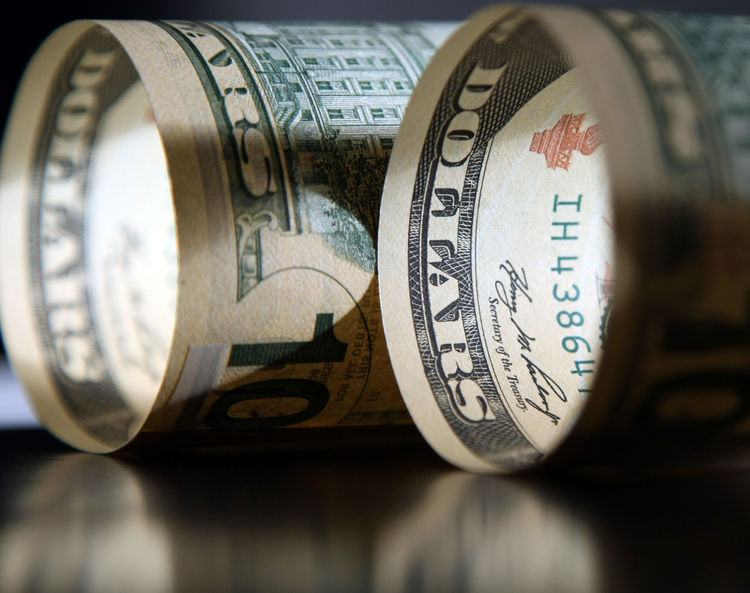It’s been a rollercoaster start to the year and as we head into earnings season, it’s hard to say exactly where investors stand.
Blocking out the January noise is one thing but it’s made far more complicated by omicron, inflation, and the rapid evolution of monetary policy. Yesterday’s reaction to the inflation data was a case in point. The data mostly exceeded expectations, albeit marginally, while headline inflation was a near 40-year high of 7%. And yet the response was broadly positive.
I get that traders were perhaps fearing the worst and, as I’ve referenced before, it does feel like markets are at peak fear on US monetary policy which could make relief rallies more likely. But there is also underlying anxiety in the markets that could make for some volatile price action for the foreseeable future.
Perhaps earnings season will bring some welcome normality to the markets after a period of fear, relief, and speculation. The fourth quarter is expected to have been another strong quarter, although the emergence of omicron will likely have had an impact during the critical holiday period for many companies. Of course, as we’ve seen throughout the pandemic, that will likely have been to the benefit of others.
And while earnings season will provide a distraction, it is happening against an uncertain backdrop for interest rates and inflation which will keep investors on their toes. It does seem that investors are on the edge of what they will tolerate and it won’t take much to push them over the edge. Which will be fine if we are near the peak of inflation, as many expect.
The data today looks a mixed bag on the face of it, with jobless claims coming in a little higher than expected, which may be down to seasonal adjustments. The overall trend remains positive and continues to point to a tight labor market. The PPI data on the other hand will be welcomed, with the headline number slipping to 0.2% month on month. Perhaps a sign of supply-side pressures finally starting to abate which will come as a relief after inflation hit a near-40 year high last month.
Sterling solid as pressure mounts on Boris
It seems impossible to ignore the political soap opera currently taking place in the UK, with Prime Minister Boris Johnson once again in the public firing line after finally admitting to attending an office party in May 2020.
In other circumstances, uncertainty around the top job in the country could bring pressure in the markets but the pound is performing very well. Perhaps that’s a reflection of the controversy that forever surrounds Boris, and we’re all therefore numb to it, or a sign of the environment we’re in that the PM being a resignation risk is further down the list when compared with inflation, interest rates, omicron, energy prices etc.
Oil remains bullish near highs
Oil prices are easing again today after moving back towards seven-year highs in recent weeks. It was given an additional bump yesterday following the release of the EIA data which showed a larger draw than expected. But with crude already trading near its peak, it maybe didn’t carry the same momentum it otherwise would.
The fundamentals continue to look bullish for gold. Temporary disruptions in Kazakhstan and Libya are close to being resolved, with the latter taking a little longer to get fully back online. But OPEC being unable to hit output targets at a time when demand remains strong is ultimately keeping prices elevated and will continue to do so.
A big test for gold
Gold is off a little today but the price remains elevated with key resistance in sight. The yellow metal has remained well supported in recent weeks even as yields around the world continue to rise in anticipation of aggressive tightening from central banks.
It could be argued that the bullish case for gold is its reputation as an inflation hedge, especially given central banks’ recent record for recognizing how severe the situation is. But with inflation likely nearing its peak, that may not last. That said, fear around Fed tightening may also be peaking which could support gold in the short-term and a break through $1,833 could signal further upside to come.
Can bitcoin break key resistance?
Bitcoin is enjoying some relief along with other risk assets and has recaptured $44,000, only a few days after briefly dipping below $40,000. That swift 10% rebound is nothing by bitcoin standards and if it can break $45,500, we could see another sharp move higher as belief starts to grow that the worst of the rout is behind it. It looks like a fragile rebound at the moment but a break of that resistance could change that.































